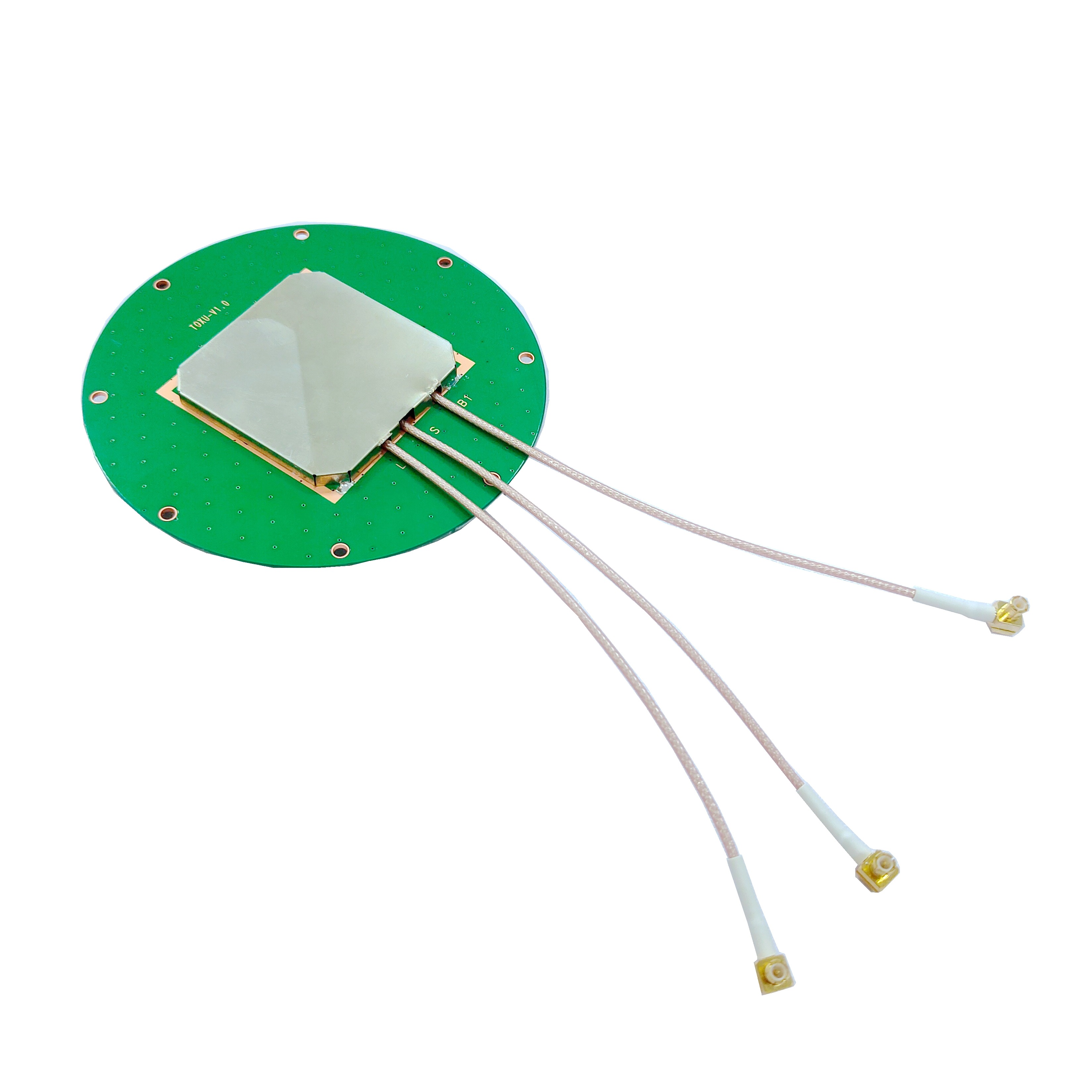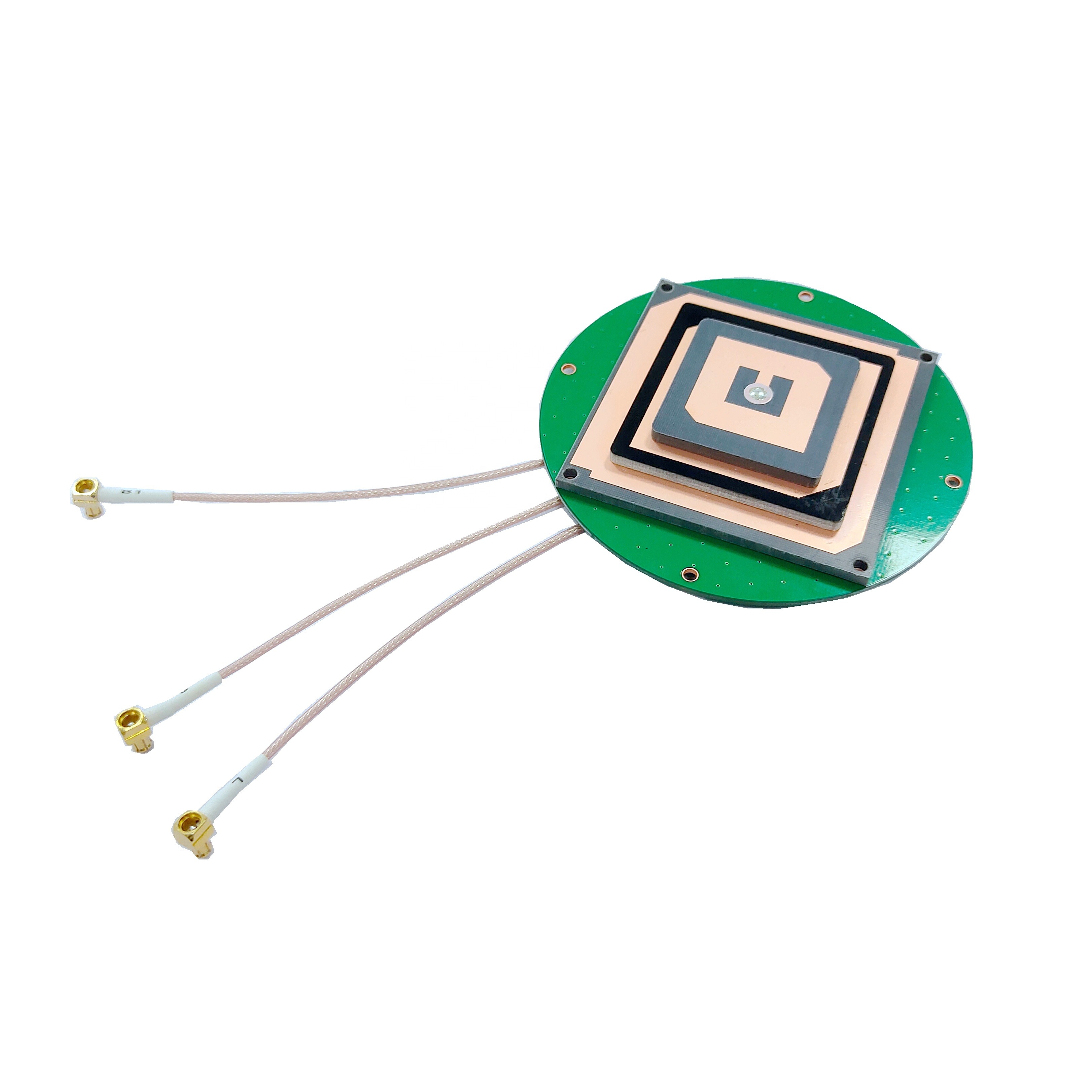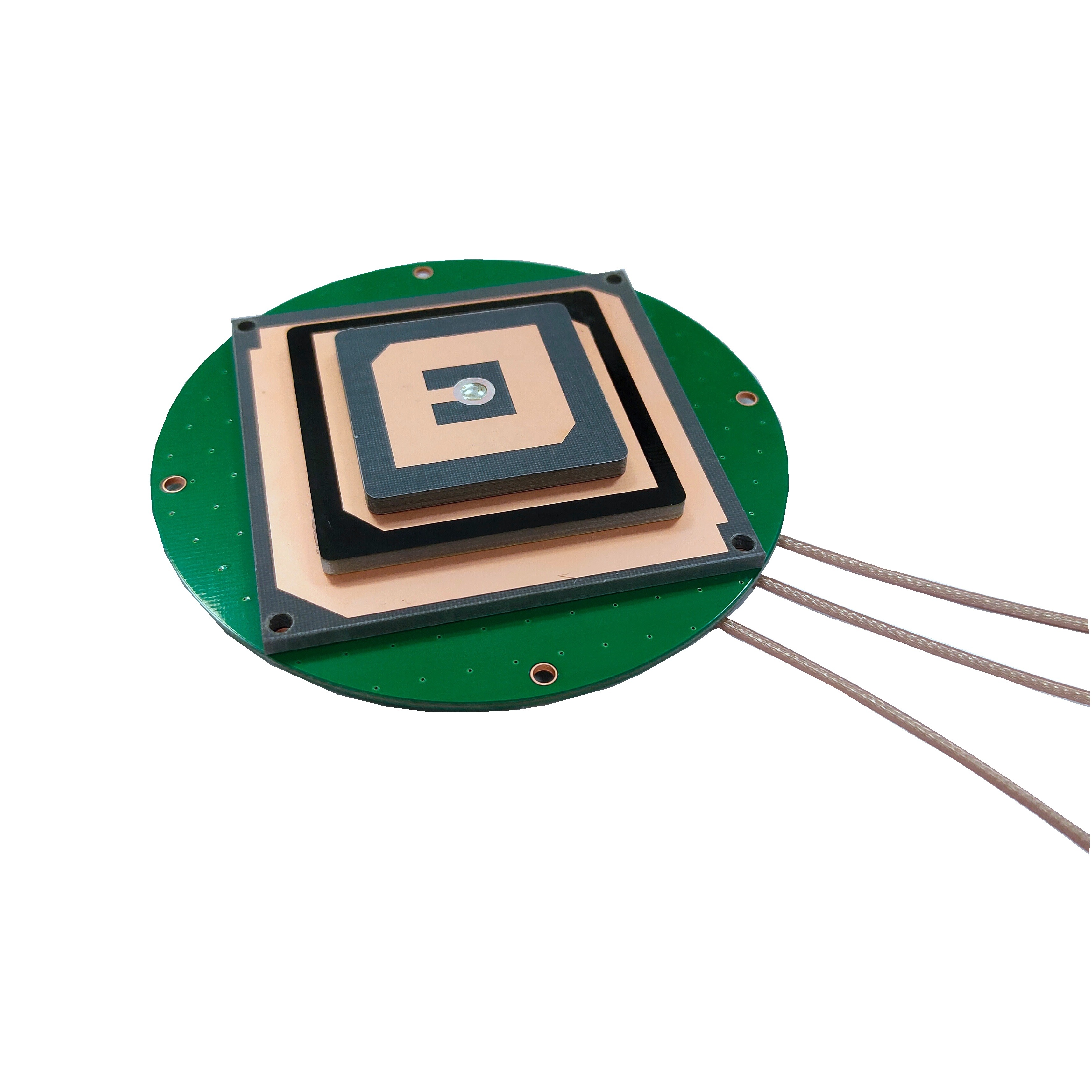In the construction industry, RTK GNSS embedded modules are used to guide heavy machinery, such as excavators and bulldozers, during site preparation and construction. This ensures that earthworks are performed to the exact specifications, reducing rework and saving time and money. For example, an excavator with an RTK module can dig trenches or foundations to the precise depth and width required, based on digital plans stored in the system. RTK technology also helps in monitoring the progress of construction projects, ensuring that work is on schedule and within the specified tolerances.
Marine and Coastal Applications
RTK GNSS embedded modules are used in marine navigation, port operations, and coastal mapping. Ships and boats equipped with these modules can navigate safely in narrow waterways, harbors, and near coasts with high precision, avoiding collisions and grounding. In port operations, RTK - enabled positioning is used to guide cranes and other equipment, improving efficiency and safety. Coastal mapping using RTK - equipped vessels allows for the creation of detailed charts, which are essential for navigation, environmental monitoring, and coastal engineering projects.
Factors Affecting Performance
Base Station Proximity
The performance of an RTK GNSS embedded module is highly dependent on the distance from the base station. As the distance between the rover and the base station increases, the accuracy of the correction data decreases because the atmospheric conditions and other errors affecting the rover and the base station may differ. Typically, RTK systems work best when the rover is within 10 - 20 kilometers of the base station. Beyond this range, the accuracy may degrade, and in some cases, a network of base stations (known as a Real - Time Network, RTN) is used to provide correction data over a larger area.
Signal Obstruction
Like all GNSS devices, RTK GNSS embedded modules rely on a clear line of sight to the satellites. Signal obstruction caused by buildings, trees, mountains, or other structures can reduce the number of visible satellites and increase multipath interference, leading to reduced accuracy or even loss of positioning. In urban canyons or dense forests, the module may struggle to maintain centimeter - level accuracy, and additional sensors or alternative positioning methods may be needed to complement RTK.
Weather Conditions
Adverse weather conditions, such as heavy rain, snow, or fog, can affect the transmission of satellite signals and the accuracy of RTK corrections. Atmospheric delays, which are a major source of error in GNSS positioning, can vary significantly during extreme weather, making it harder for the module to apply accurate corrections. While RTK technology mitigates some of these effects, severe weather can still impact performance.
Quality of Correction Data
The quality and timeliness of the correction data are critical for the performance of an RTK GNSS embedded module. If the correction data is delayed, corrupted, or inaccurate, the module's positioning accuracy will suffer. This is why reliable communication links between the base station and the rover are essential. In areas with poor communication infrastructure, maintaining a stable connection for correction data can be a challenge, affecting the module's performance.
Future Trends and Developments
Integration with 5G and Beyond
The integration of RTK GNSS embedded modules with 5G networks is set to revolutionize high - precision positioning. 5G's high data rates, low latency, and wide coverage will enable faster and more reliable transmission of correction data, expanding the range and performance of RTK systems. This will be particularly beneficial for applications such as autonomous vehicles, which require real - time, high - bandwidth communication to operate safely. 5G will also support the deployment of large - scale RTN networks, providing seamless coverage over entire regions.
Multi - Band and Multi - Constellation Advancements
Future RTK GNSS embedded modules will support an even wider range of satellite bands and constellations. By tracking more frequencies and satellites, these modules will be able to mitigate errors more effectively, improving accuracy and reliability in challenging environments. For example, using multiple bands can help reduce the impact of ionospheric delays, while accessing more constellations increases the number of available satellites, reducing the risk of signal loss.
Miniaturization and Low - Power Design
As technology advances, RTK GNSS embedded modules will continue to become smaller and more power - efficient. This will allow them to be integrated into even smaller devices, such as wearables, small drones, and IoT sensors, opening up new applications in areas such as personal navigation, asset tracking, and environmental monitoring. Low - power designs will also extend the battery life of portable devices, making them more practical for field use.
Artificial Intelligence and Machine Learning Integration
The integration of artificial intelligence (AI) and machine learning (ML) algorithms into RTK GNSS embedded modules is another emerging trend. These algorithms can learn from historical data and real - time conditions to predict and mitigate errors, improving positioning accuracy and robustness. For example, ML can be used to identify and filter out multipath interference patterns, or to adaptively adjust the module's parameters based on the current environment (such as urban vs. rural areas).
Increased Adoption in Consumer Electronics
While RTK technology has traditionally been used in professional and industrial applications, it is expected to find its way into more consumer electronics in the future. Smartphones, for example, could incorporate RTK GNSS embedded modules to provide centimeter - level accuracy for location - based services such as augmented reality (AR), precise navigation, and geocaching. This would open up new possibilities for app developers and enhance the user experience in a variety of ways.




































































 Language
Language
 En
En Cn
Cn Korean
Korean

 Home >
Home > 








 18665803017 (Macro)
18665803017 (Macro)













